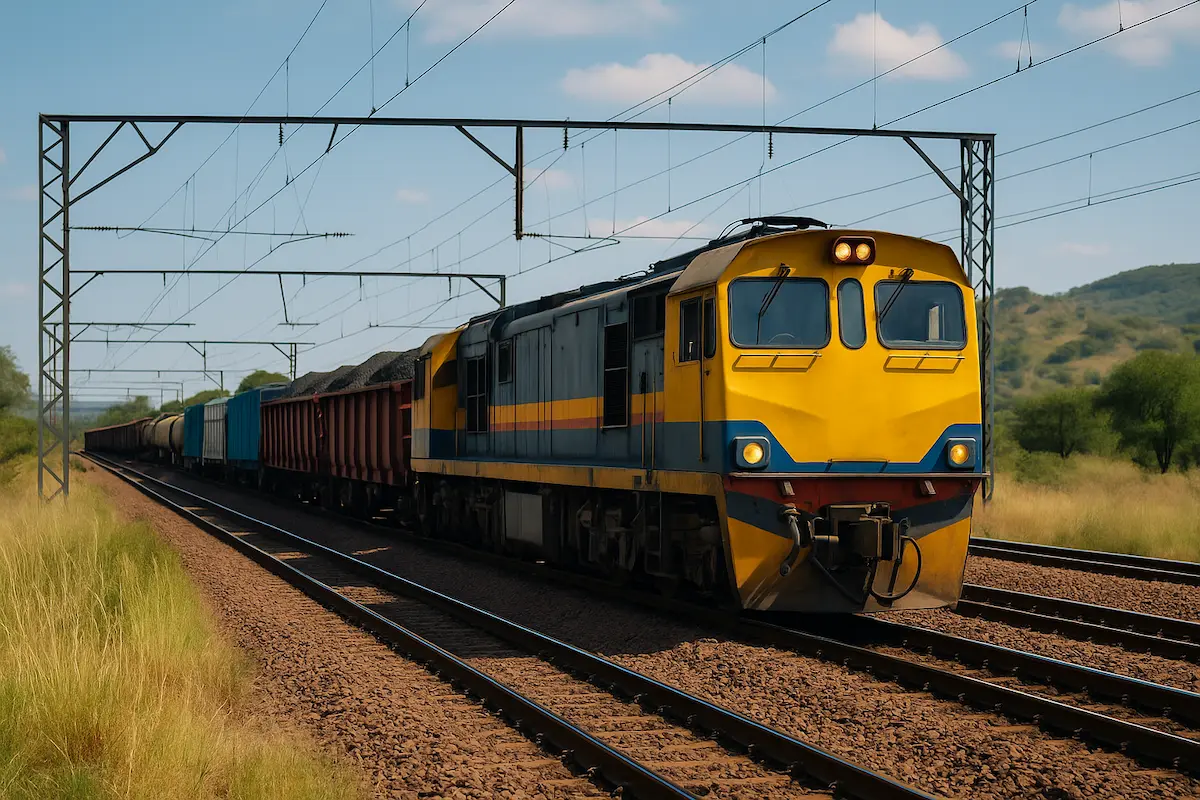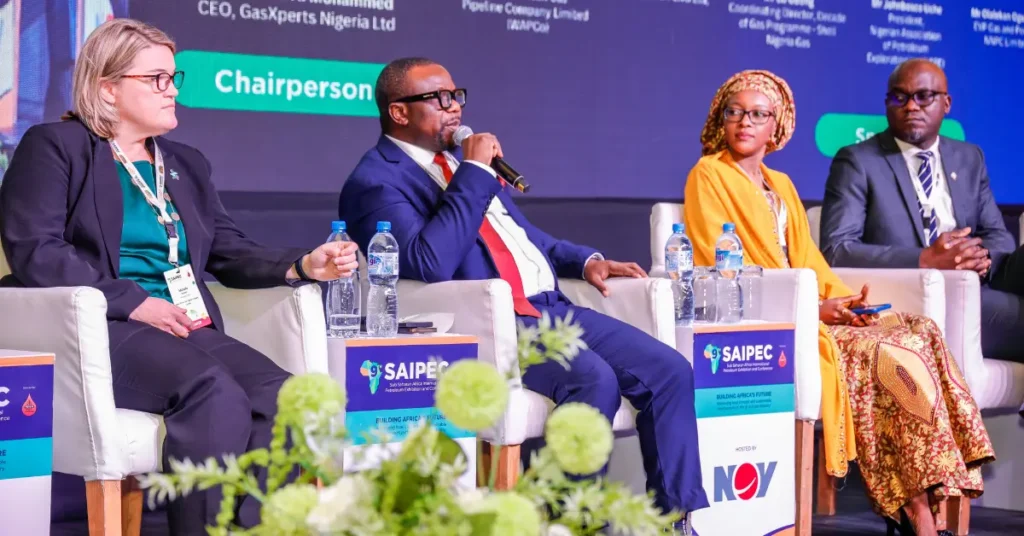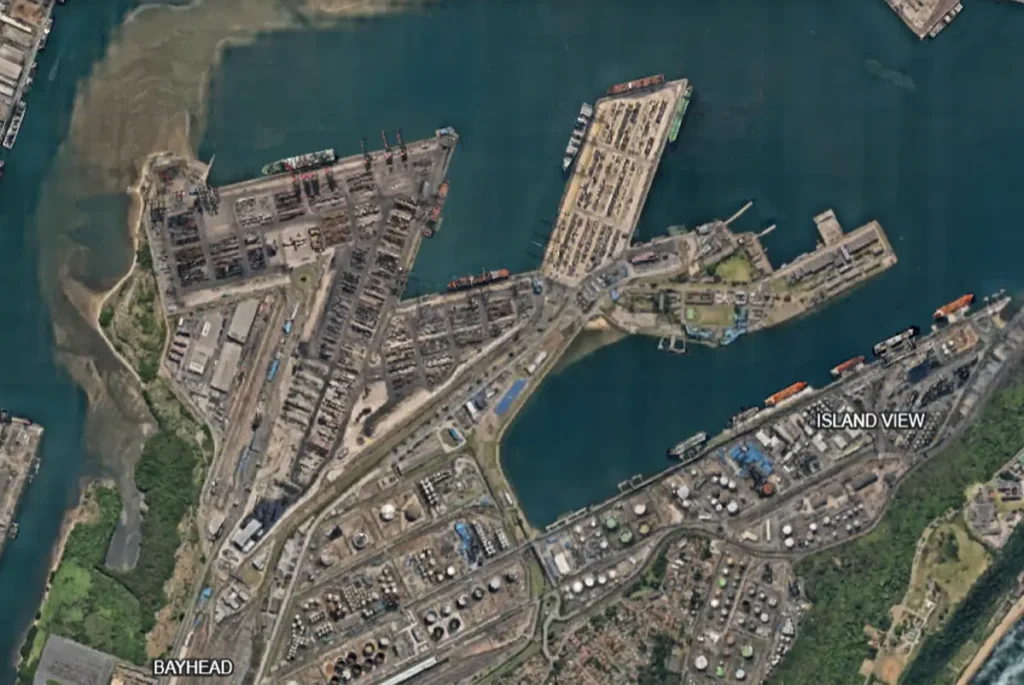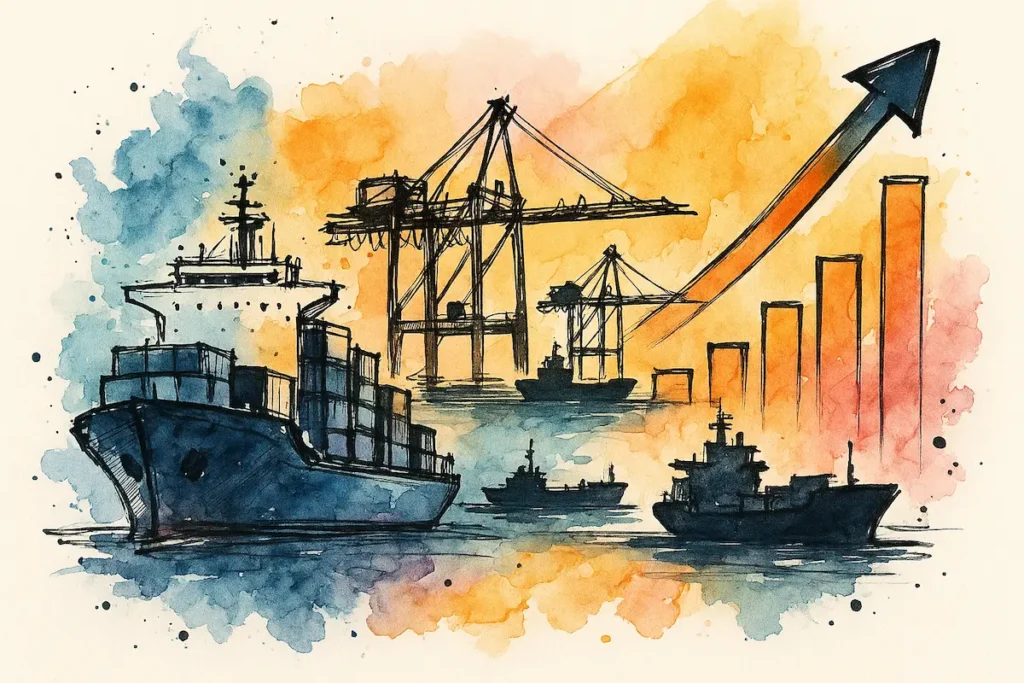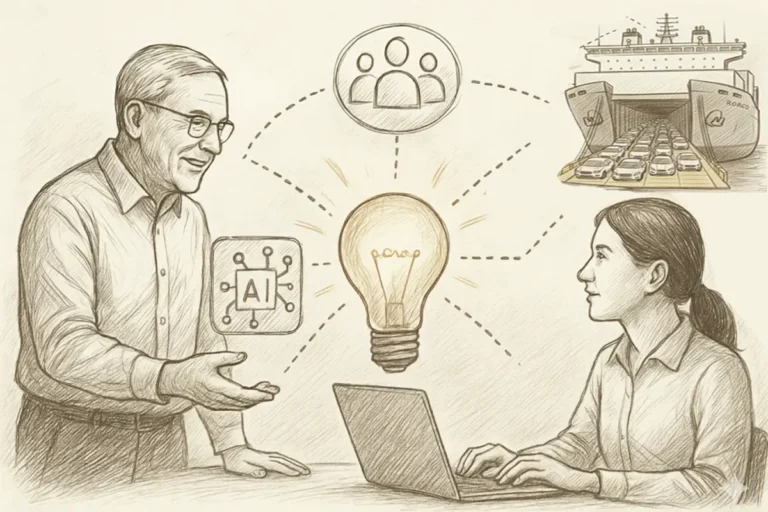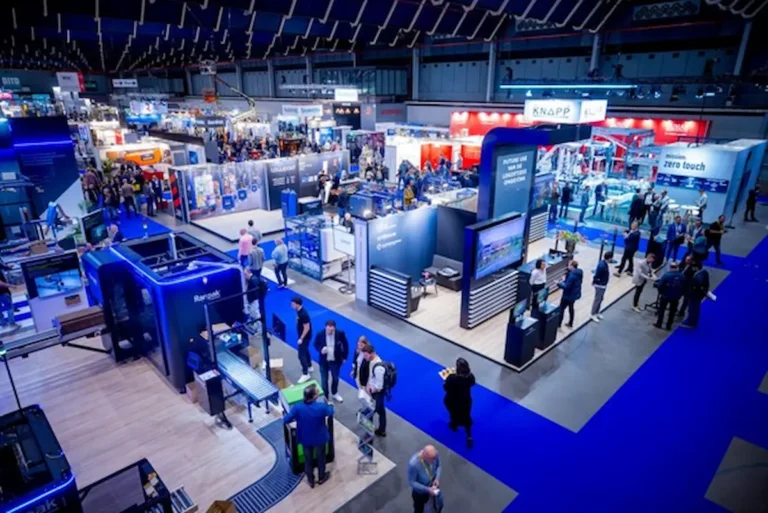For decades, South Africa’s freight rail network has operated under the tight grip of a single state monopoly. That grip is now loosening.
Recent announcements from the Department of Transport and Transnet signal a turning point for the country’s logistics landscape, one that could reshape how cargo moves across the nation’s vast corridors.
The end of an era
The news that private train operating companies (TOCs) will finally gain access to Transnet’s rail infrastructure is nothing short of historic.
BusinessTech frames this as the “end of the line for another state monopoly,” while the official statement by Minister of Transport Barbara Creecy confirms that the adjudication process has been completed and 11 TOCs have been conditionally approved to operate across 41 routes and six key freight corridors.
This move is rooted in the National Rail Policy of 2022, which laid the groundwork for third-party participation while keeping infrastructure in state ownership.
It also dovetails with the Roadmap for the Freight Logistics System approved in December 2023, aimed at reducing bottlenecks and improving competitiveness across supply chains.
What changes for shippers and logistics service providers
- More operators, more choice
With private players entering, shippers can expect greater service options. Increased competition typically leads to improved reliability, faster turnaround times, and reduced costs per tonne-kilometre. - Capacity boost
Transnet Rail Infrastructure Manager (TRIM) estimates that the new entrants will carry an additional 20 million tonnes of freight per year from 2026/27, directly supporting government’s target of moving 250 million tonnes by rail annually by 2029. - Investment stimulus
The policy framework encourages rolling stock investments. With leasing companies and operators expected to inject as much as R100 billion into new equipment, the sector could see badly needed modernisation and efficiency gains. - Sustainability and modal shift
By drawing more bulk and containerised cargo away from congested roads, rail will play a key role in reducing carbon emissions, road accidents, and maintenance costs on highways.
Slot allocation details
The first phase has awarded slots across strategic corridors:
- North Corridor: six entrants for coal and chrome.
- Iron Ore Corridor: one entrant for ore.
- Cape Corridor: two entrants for manganese.
- Northeast Corridor: six entrants for coal, fuel, magnetite, containers.
- Central Corridor: one entrant for coal and containers.
- Container Corridor: four entrants for containers, coal, sugar.
This diversification is critical. It means that South Africa is not only moving minerals more efficiently but also enabling containerised and agricultural cargo to benefit from rail.
Challenges ahead
The reform is promising, but execution will be everything. The conditional awards require operators to secure Railway Safety Regulator permits, demonstrate rolling stock readiness, and align with port offloading capacity. Without these, delays could erode confidence in the reform.
Moreover, the regulatory framework must continue to evolve to ensure fair access, prevent anti-competitive behaviour, and maintain infrastructure quality.
– Advertise here –
Why this matters
For a country grappling with port congestion, high logistics costs, and declining rail volumes, this reform is a potential game-changer. If managed well, it could restore rail to its rightful place as the backbone of South Africa’s trade and logistics system.
At the same time, it sends an important signal to global investors and trade partners: South Africa is serious about reform, collaboration, and unlocking efficiency in its logistics chain.

